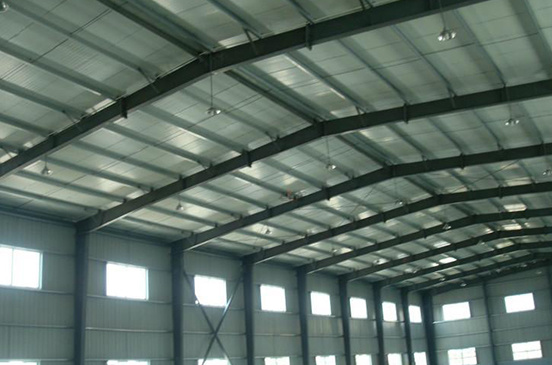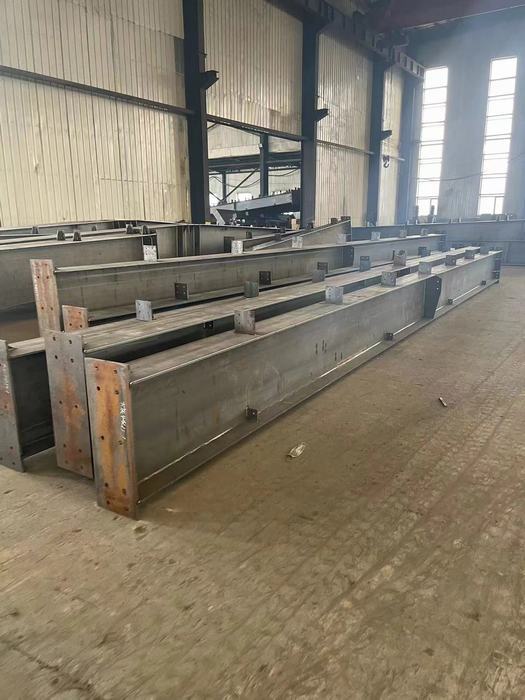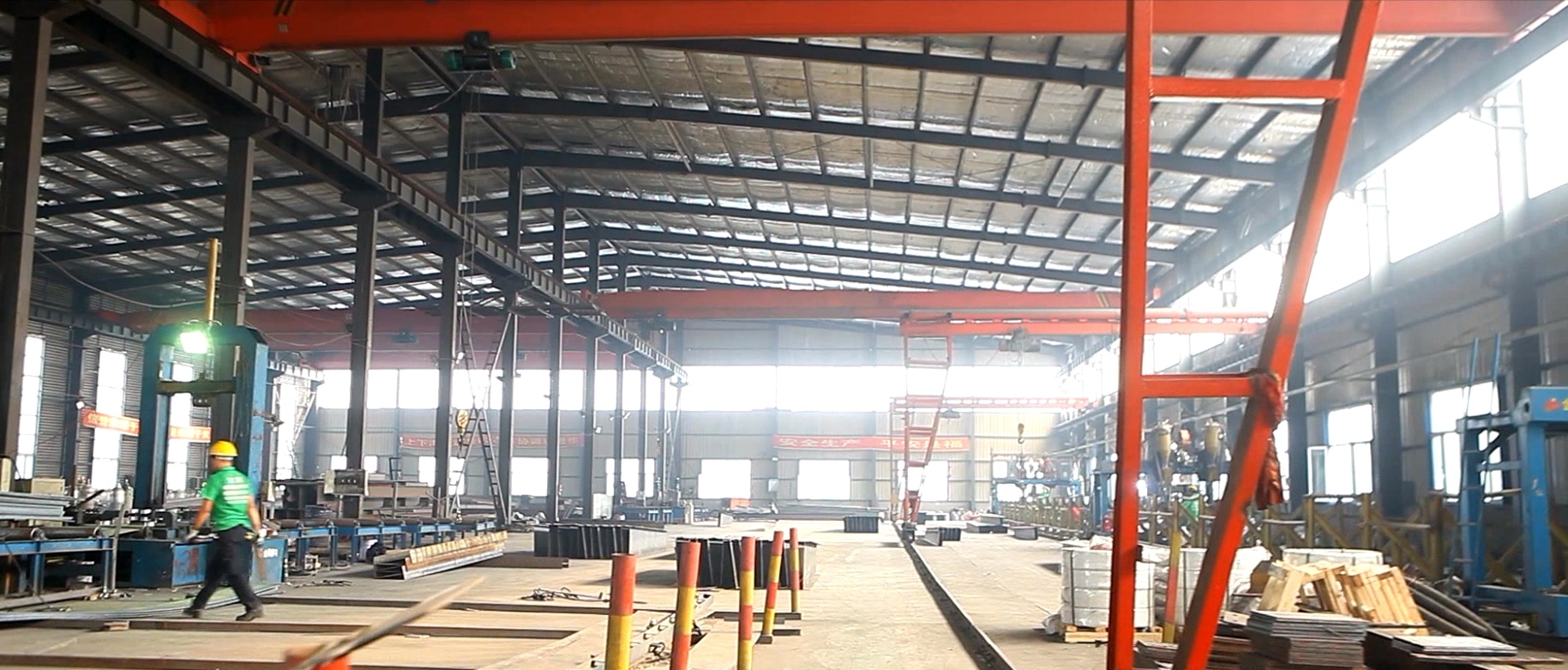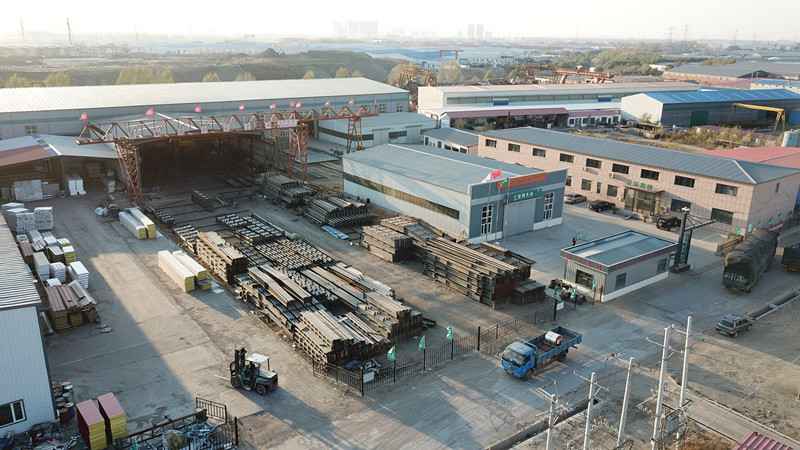Basic knowledge of waterproof foundation for metal roof steel structure
Waterproof materials today come in a wide variety of types. Flexible waterproof materials can be broadly classified into two categories based on their adhesion to the waterproof substrate: roll-type waterproofing and coating-type waterproofing. However, the transformation of waterproof materials into a waterproof layer involves a crucial step: construction—the secondary processing of waterproof materials.
What are the respective characteristics of roll and coating waterproofing?
The following describes how to select waterproof materials and the issues to note during waterproof construction:
The earliest traditional waterproof roll material was probably paper-based oil felt. When using oil felt for waterproofing, building asphalt must be used as an adhesive, with sand and gravel laid on top. The general method is three layers of oil and two layers of felt, or four layers of oil and three layers of felt. Due to the high labor intensity of this method, the construction technology is difficult to master, the preparation of asphalt produces a large amount of waste gas that seriously pollutes the environment, it cannot be used in places where fire is prohibited, fire and explosion accidents are prone to occur, and roof repairs are difficult. For all these reasons, oil felt waterproofing is basically obsolete.

New-generation waterproof materials are gradually developing towards being lightweight, easy to construct, environmentally friendly, durable, and aesthetically pleasing. Thus, roll-type waterproof materials have evolved from paper-based oil felt to rubber rolls, to film-modified asphalt rolls, and various synthetic polymer waterproof rolls. Coating-type waterproof materials have evolved from modified emulsified asphalt to plastic oil paste, to polyurethane waterproof coatings, and towards environmentally friendly synthetic polymer color waterproof coatings.
Waterproof materials currently available are numerous and varied. In short, the advent and application of various waterproof materials have their own advantages, whether in terms of easy sourcing, low cost, high durability despite higher cost, or diverse applications for different waterproofing scenarios. The selection of waterproof materials depends on factors such as cost, climate, region, building function, and environmental protection, but the building's structure is also an important factor. For example, places suitable for roll waterproofing are not suitable for coating waterproofing, and places suitable for coatings are not necessarily suitable for rolls. For example, situations less suitable for roll waterproofing include: damp substrates, poor drainage or areas with standing water, uneven substrates with many protrusions and embedded parts, backwater waterproofing, water tank waterproofing, and areas with frequent and strong typhoons. Substrates unsuitable for coating waterproofing include: waterproofing of wooden sloped tile roofs, etc.
The drawbacks of roll waterproofing include: in waterproof construction, waterproof rolls must be cut to fit the shape of the waterproof substrate. For substrates with complex shapes, multiple pieces need to be spliced, and the bonding of the overlapping parts of the waterproof rolls is difficult. Multiple splices affect the aesthetics of the waterproof layer. Achieving a completely airtight seal is a major challenge; the most likely areas for water leakage are the overlaps of the rolls. Although high-quality waterproof rolls have a durability of several decades, there are currently few matching adhesives available domestically. Due to environmental factors and the adhesive material itself, the adhesive function is often lost prematurely, leading to waterproofing failure. The protection and repair of waterproof rolls after construction are also challenging. The prevention of external mechanical damage to exposed waterproof layers is crucial. Whether fully paved, spot-paved, strip-paved, or air-paved, there will be a water path between the roll and the substrate. Any penetrating damage, debonding, or delamination (even in just one place) will cause the entire connected waterproof layer to fail. If the damaged area cannot be found, local repair is impossible, and the waterproof layer must be redone. For waterproof layers with a concrete protective layer, external mechanical punctures are no longer possible, but areas such as along gutters are not suitable for protective layers. In addition, areas along gutters are more likely to accumulate water due to sewer blockages, and the waterproof layer must be completely watertight. Therefore, roll waterproofing along gutters is less successful. Due to the complex shape of gutters, the sealing of water inlets and outlets is difficult, making roll waterproofing a technical challenge. The accumulation of domestic and industrial wastewater in gutters accelerates the decomposition, aging, and even failure of the adhesive material of the rolls.

In summary, the drawbacks of roll waterproofing are not incurable. By identifying and addressing these issues, solutions can be found. For example, high-quality and durable adhesives can be used to solve the problems of bonding strength and bonding effectiveness, careful construction can overcome bonding and sealing problems, and multiple layers of protection and composite use with coating waterproofing can solve the problem of roll vulnerability to punctures and the reliability of the waterproof layer. When roll waterproofing is truly unsuitable, coating waterproofing should be considered.
Coating waterproofing is an early developed waterproof material that remains in use due to its ease of construction, wide availability of manufacturers, and easy sourcing. Some coating waterproofing production equipment is relatively simple.
Coating waterproofing forms a seamless, closed layer, providing complete waterproofing and isolating the substrate from rainwater, moisture, and harmful gases. Coating waterproofing is easy to construct, requires simple equipment, and can be applied to substrates of any complex shape to create a continuous waterproof layer. Most waterproof coatings penetrate the substrate, sealing pores and strengthening the structure. Some waterproof coatings can also serve as adhesives, providing both waterproofing and bonding functions. However, to achieve these effects, the quality of the material and the thickness of the waterproof layer must be guaranteed. Another advantage of coating waterproofing is that the thickness can be adjusted according to the requirements and structural stress of different parts of the substrate, allowing for economical use of materials. Coating waterproof layers are smooth and easy to clean, and some high-strength coating waterproof layers (such as cement-based JS waterproof layers) can be directly applied to roofs and floors. Because coating waterproof layers have a 100% bonding surface with the substrate (except for areas with cracks, nodes, and air gaps using the anti-pulling method), they are mostly resistant to punctures, and some have self-healing capabilities. Water leakage within the usable lifespan of a coating waterproof layer is mostly due to cracks in the substrate exceeding the elongation capacity of the waterproof layer. The cause and location of water leakage are easy to identify, making repairs very convenient; only a small amount of waterproof material is needed to repair cracks and damaged areas, and the entire layer does not need to be redone. High-quality waterproof coatings can be successfully used for backwater waterproofing, which is unattainable for roll waterproofing. Some waterproof coatings can be applied to damp substrates, making them ideal for basements, water tanks, bathrooms, and other situations where construction time is tight or the substrate cannot be dried. Any roll material must be applied to a dry substrate.
Related Articles




